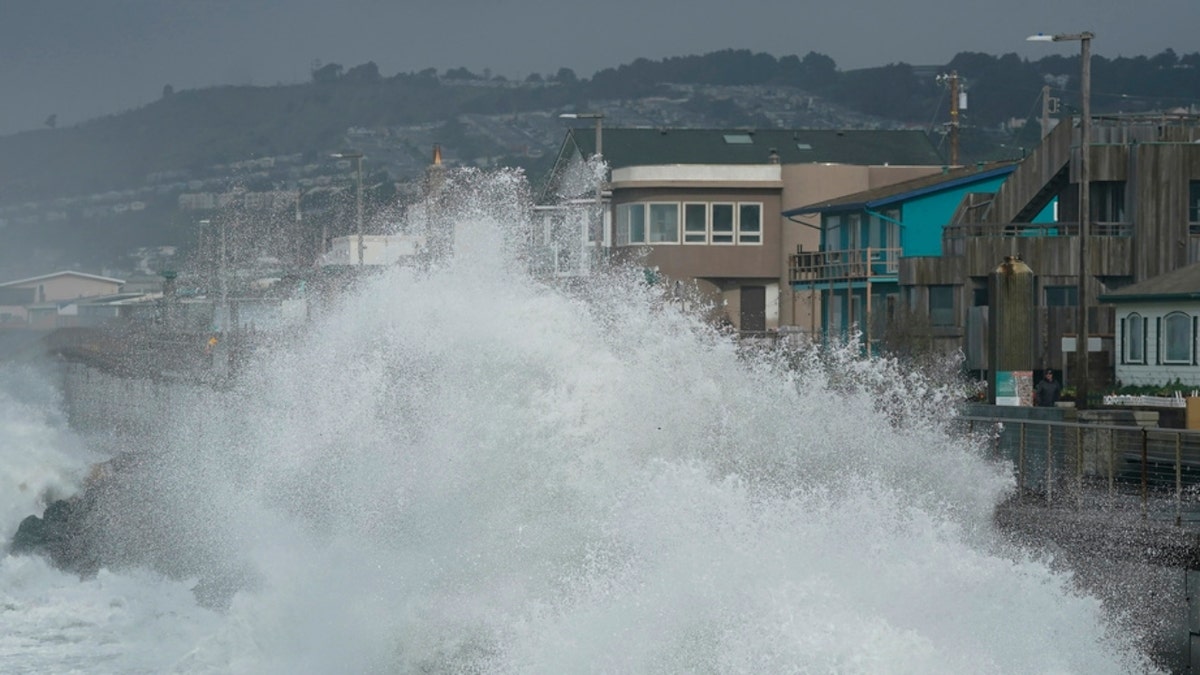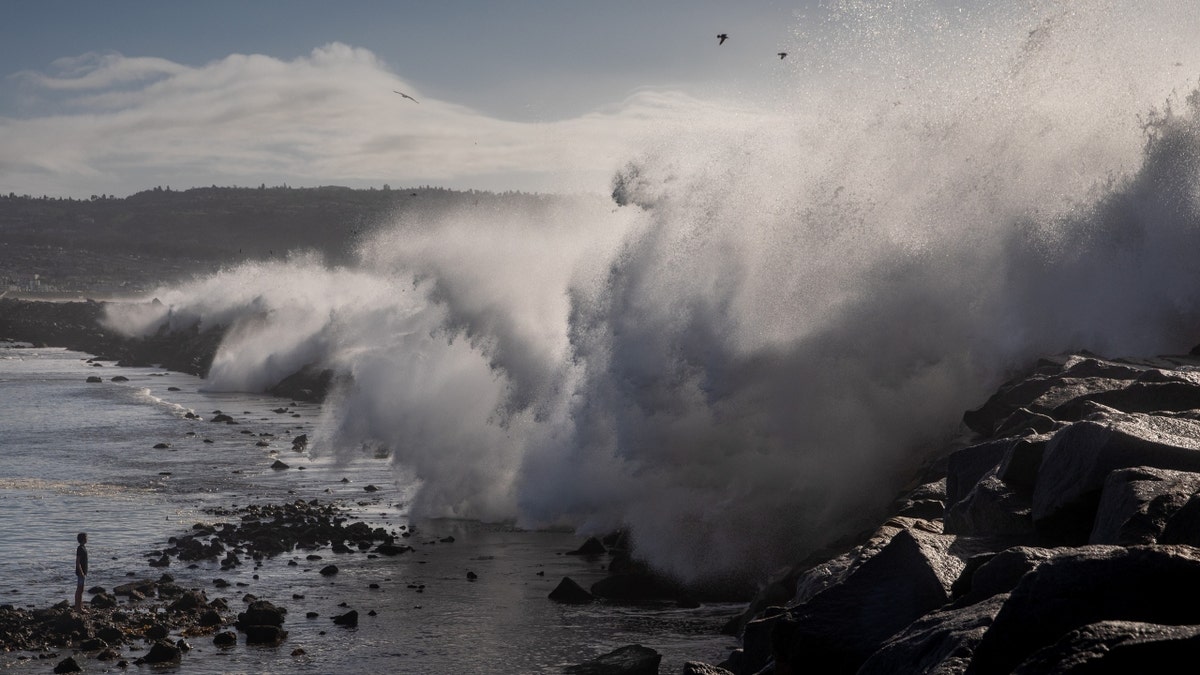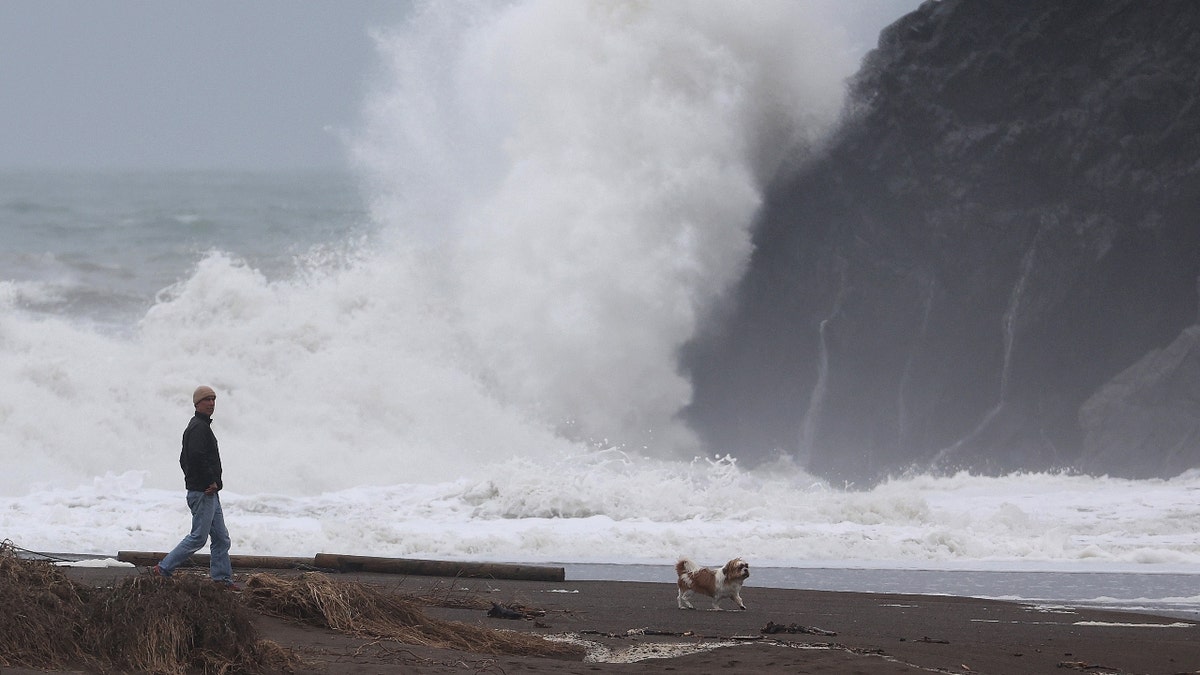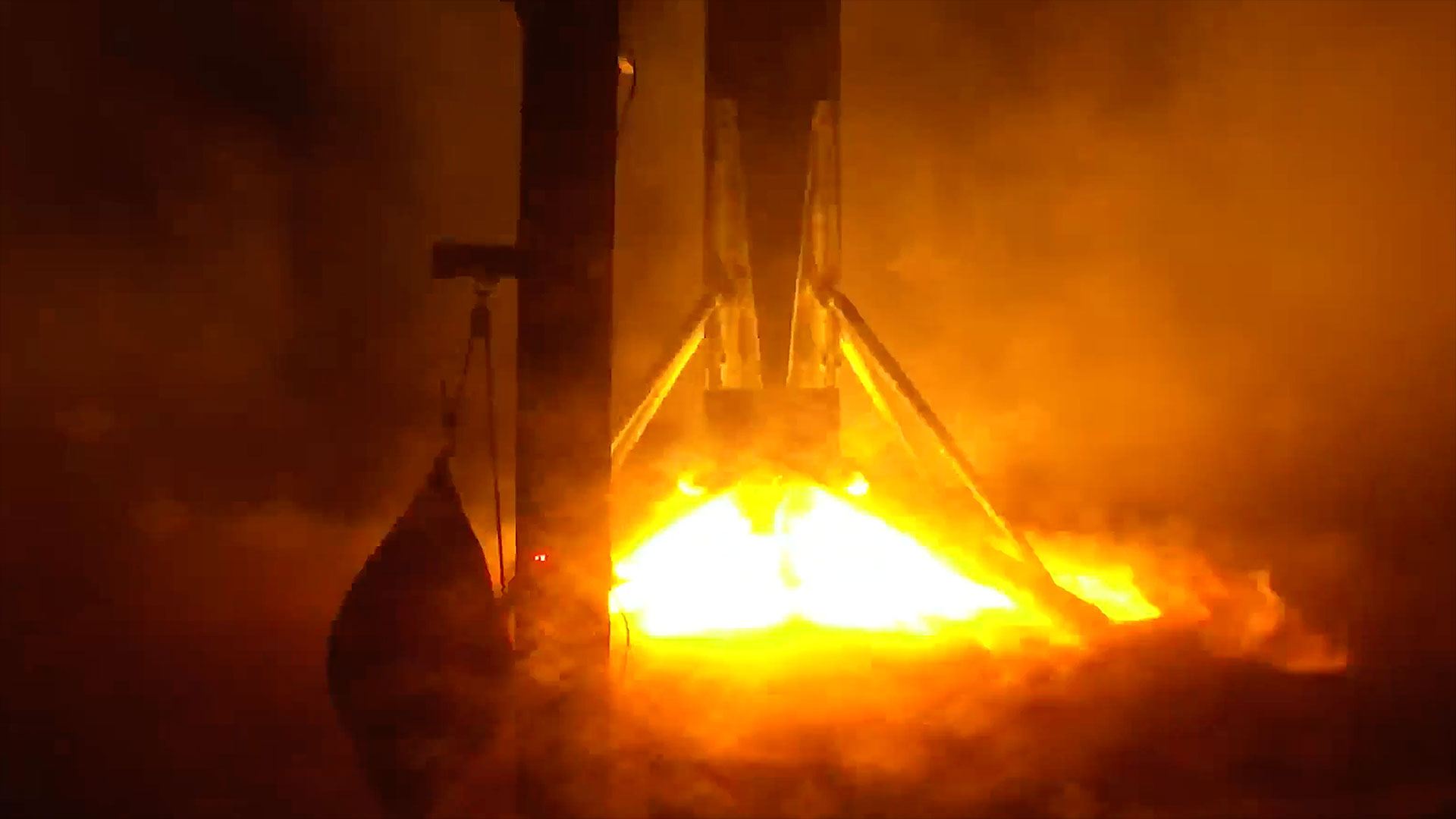Researchers suggest that the height of winter waves in California may be increasing as a result of climate change. A study published in the Journal of Geophysical Research – Oceans used seismic data from the past 90 years to analyze wave heights along the state’s coast. The research, conducted by Peter Bromirski from U.C. San Diego Scripps Institution of Oceanography, found that average winter wave heights have risen as the planet has warmed. The analysis used seismic records dating back to 1931 to infer wave height, filtering out seismic activity unrelated to wave energy.
Bromirski explained that when waves reach shallow coastal waters, some of the energy is reflected back out to sea. The collision of this reflected energy with approaching waves generates a downward pressure signal that is converted into seismic energy at the seafloor. Seismographs detect this seismic energy as it moves inland, and the strength of the signal directly corresponds to the wave height. By analyzing the seismic data, Bromirski was able to infer wave heights over the years.

Large waves crash into a seawall in Pacifica, California, on January 6, 2023. Giant waves, measuring as high as 13 feet, are becoming more common off California’s Pacific coast as the planet warms, according to new research that used a unique approach to gather historical data over the past 90 years to track the increasing height of the surf.
(AP Photo/Jeff Chiu, File)
While direct measurements of wave heights using buoys have only been collected since 1980, Bromirski utilized digitized seismic records from U.C. Berkeley spanning from 1931 to 1992 to estimate wave heights. His analysis revealed that average winter wave heights in California have increased by 13% since 1970 compared to the period between 1931 and 1969. Additionally, storm events that produced waves higher than 13 feet along the California coast were twice as frequent from 1996 to 2016 compared to the years 1949 to 1969.

Redondo Beach, CA – Trent Zimmerman, 15, bottom left of frame, looks up from playing in the low tide water inside the harbor, as giant wavers crash and spray over the breakwall of Redondo Beach, California, in the wake of a storm that cleared the south bay community of Los Angeles County, Thursday, Jan. 5, 2023.
(Jay L. Clendenin / Los Angeles Times via Getty Images)
According to Bromirski, the increase in wave activity since 1970 is a result of global warming and increased storm activity in the North Pacific. He also drew connections between the rising intensity of the Aleutian Low, a low-pressure system near Alaska’s Aleutian Islands, and the increase in storm activity and wave heights along the California coast. Bromirski warned that if these trends continue, it could exacerbate the impacts of sea-level rise, leading to increased coastal flooding and erosion.

A man walks his dog on the beach as a large wave crashes into shore at Rodeo Beach on January 7, 2023, in Sausalito, California.
(Justin Sullivan/Getty Images)
Overall, Bromirski’s study highlights the potential implications of growing winter waves in California caused by global warming. With rising sea levels and increased storm activity, coastal areas could experience more significant flooding, erosion, and damage to infrastructure. Understanding these trends is crucial for anticipating and mitigating the effects of climate change on coastal communities.
The Associated Press contributed to this report.













